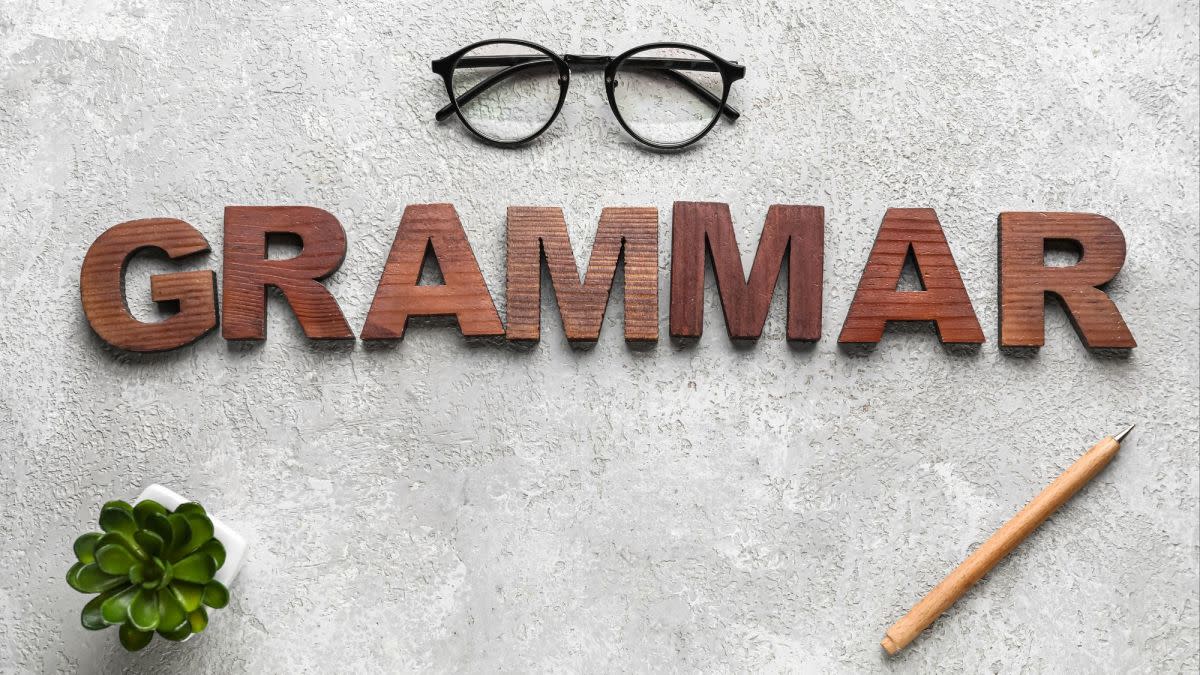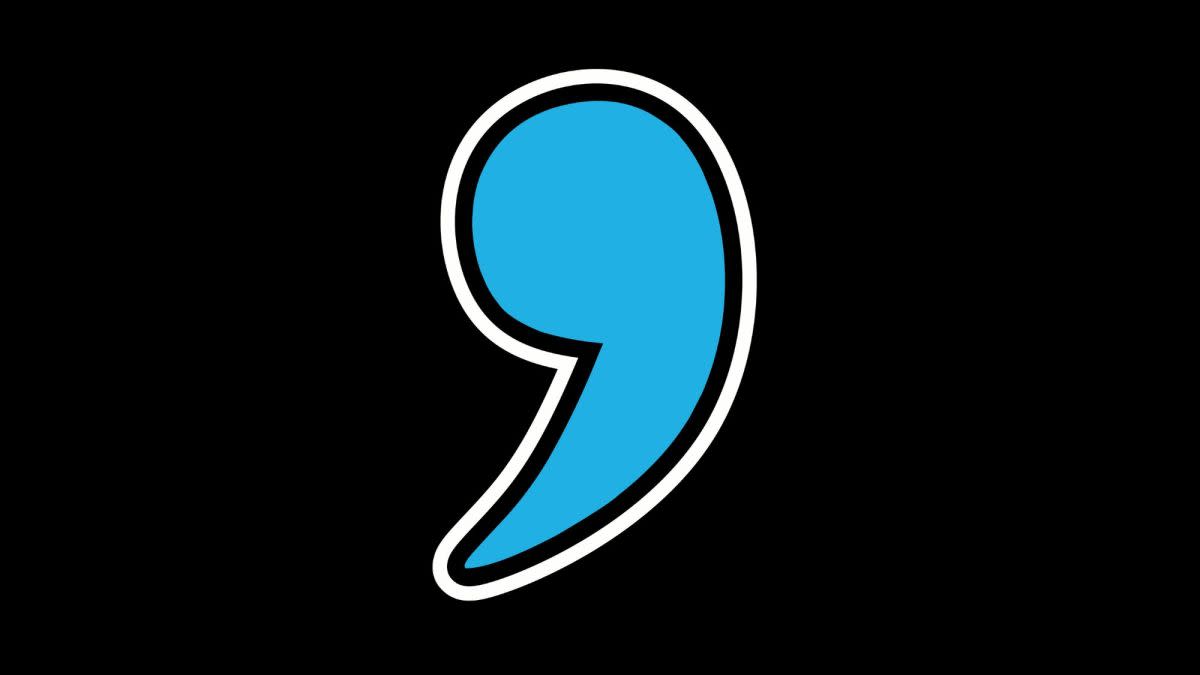What Is the Oxford Comma, Exactly? Plus, Here's Why It's So Controversial
When you're writing or typing and begin to list items in consecutive order, do you add a comma prior to the conjunction before the final item? Or not? The inclusion of that final comma is a great controversy in the English language. And you don't have to be a grammar professional to have an opinion on the matter.
It's the timeless debate between the Oxford comma and the regular comma. But, what is the Oxford comma, exactly? Why do some people use it while others refuse to? And when did the Oxford comma become so controversial? We're answering all those questions and more for those of you unfamiliar with the Oxford comma rule, including examples for each.
Related: What Exactly Is the Difference Between 'Complement' and 'Compliment,' Anyway?
What Is the Oxford Comma?
The Oxford comma is the comma used before the final conjunction in a list of three or more items. When writing a list, of course, you'll include commas to separate items and show individuality. If you include a comma before the "and" and final item, you are using the Oxford comma. If you leave out that final comma, you do not abide by the Oxford comma rule.
Here Is an Example of Each to Give You a Better Idea:
Oxford comma: She wants a charcuterie board, steak, fries, and cake served at her birthday party.
Regular comma: She wants a charcuterie board, steak, fries and cake served at her birthday party.
What's Another Name for the Oxford Comma?
If you've never heard of it referred to as the Oxford comma, you may be familiar with the optional comma by another name. Other names for the Oxford comma include:
Serial comma
Harvard comma
Series comma
When Should You Use the Oxford Comma?
If you've listed out a number of items, you would put the Oxford comma before the conjunction that concludes the list. It doesn't matter if the conjunction is "and" or "or," the Oxford comma would come directly before it.
That's if you're using the Oxford comma, in any case. The Oxford comma is 100 percent optional, although advocates say it’s necessary for removing ambiguity in sentences.

pixelshot/Canva
What Is the Oxford Comma Rule?
The Oxford comma rule was created in 1905 by a printer named Horace Hart. Hart updated his style guide for Oxford University Press and required his employees to include the extra comma before the final conjunction and item.
This shift proved to be just as impactful as any of the famous social media influencers pushing products to their audiences these days. Following the Oxford comma rule is simply when you add that final comma before the last conjunction and item.
What Is the Difference Between an Oxford Comma and a Regular Comma?
The difference between an Oxford comma and a regular comma is that an Oxford comma refers to the final comma in a series that would come before the last conjunction of a sentence. In contrast, a regular comma refers to the coveted punctuation mark that showcases the separation of items in a sentence.
Regular commas are utilized in grammar for many reasons, but ultimately, they depict division and mimic a pause.
Why Is the Oxford Comma So Controversial?
The use of an Oxford comma is a controversial topic. In fact, it's known to spark debates similar to political and religious-focused conversations.
The Oxford comma is controversial for many reasons. For one, folks either learned to include it or leave it out, which stuck with them in their lives ever since. Another reason the Oxford comma is so controversial could be due to language differences. In American English, the use of the Oxford comma is often encouraged whereas it's not in other languages.
Advocates of the Oxford comma uphold the argument that it's necessary for clarity in sentences, while opponents of the Oxford comma have said that its inclusion is pretentious, cluttered and redundant.

Syam Raqiya/Canva
Are We Still Using the Oxford Comma? Is It Out of Style?
The Oxford comma has existed since the early 1900s, but are people still using it in writing? Although the Oxford comma is not deemed necessary, whether folks use it or not comes down to a matter of style. If they're a writer, that refers to publishing style. Some publishing styles want writers to use the Oxford comma, while others advise against it.
Publishing style guides that encourage the use of the Oxford comma include Strunk and White's The Elements of Style, the MLA Style Manual, The Chicago Manual of Style, APA style and the U.S. Government Printing Office Style Manual.
Publishing style guides that discourage the use of the Oxford comma include the New York Times Stylebook, the Associated Press Stylebook, The Economist Style Guide, The Canadian Press Style Guide and ironically enough, the University of Oxford Style Guide.
As a lot of the style guides that discourage the use of the Oxford comma are within journalistic institutions, you'll see that a lot of publications still don't use it. If you've noticed, we at Parade don't use the Oxford comma for this reason. Sorry!
Related: Please and Thank You! 50 Etiquette Rules To Live By—All Approved by Experts
Why Do People Refuse To Use the Oxford Comma?
While many will seemingly go to war advocating for the use of the Oxford comma, there are just as many folks who refuse to use it. Why have such a strong stance on a comma? Why do people refuse to use the Oxford comma?
Oxford comma opponents argue that it's unnecessary and takes up space in writing. It's true, AP Style upholds the rule to not use the Oxford comma. It seems to be seen less and less in online publications and articles, as many major media outlets do not currently use it.
Simply put, many people think that writing is easier without the Oxford comma.
Examples of When To Use the Oxford Comma
Whether or not you use the Oxford comma does not make you correct or incorrect. However, in reference to writing and the publishing style guide you follow, it's important to abide by those rules and remain consistent.
As mentioned earlier, there are various publishing style guides that encourage or discourage the use of the Oxford comma. However, even publishing style guides that discourage it's use deem it necessary in some instances.
The overall rule is to use the Oxford comma when it's absolutely needed for clarity and readability within a sentence. Here's a funny example of when using the Oxford comma would be necessary:
Without the Oxford comma: Come meet Janet, a clown and an acrobat.
With the Oxford comma: Come meet Janet, a clown, and an acrobat.
Examples of When Not To Use the Oxford Comma
Whether you include that final comma is inherently up to you. However, if you abide by the rules of a publishing style guide that discourages the use of the Oxford comma, here are examples of when not to use it:
When the list is simple
When connecting items that already have conjunctions
Up Next:
Related: We've All Used It, but Here's What P.S. Actually Stands For
